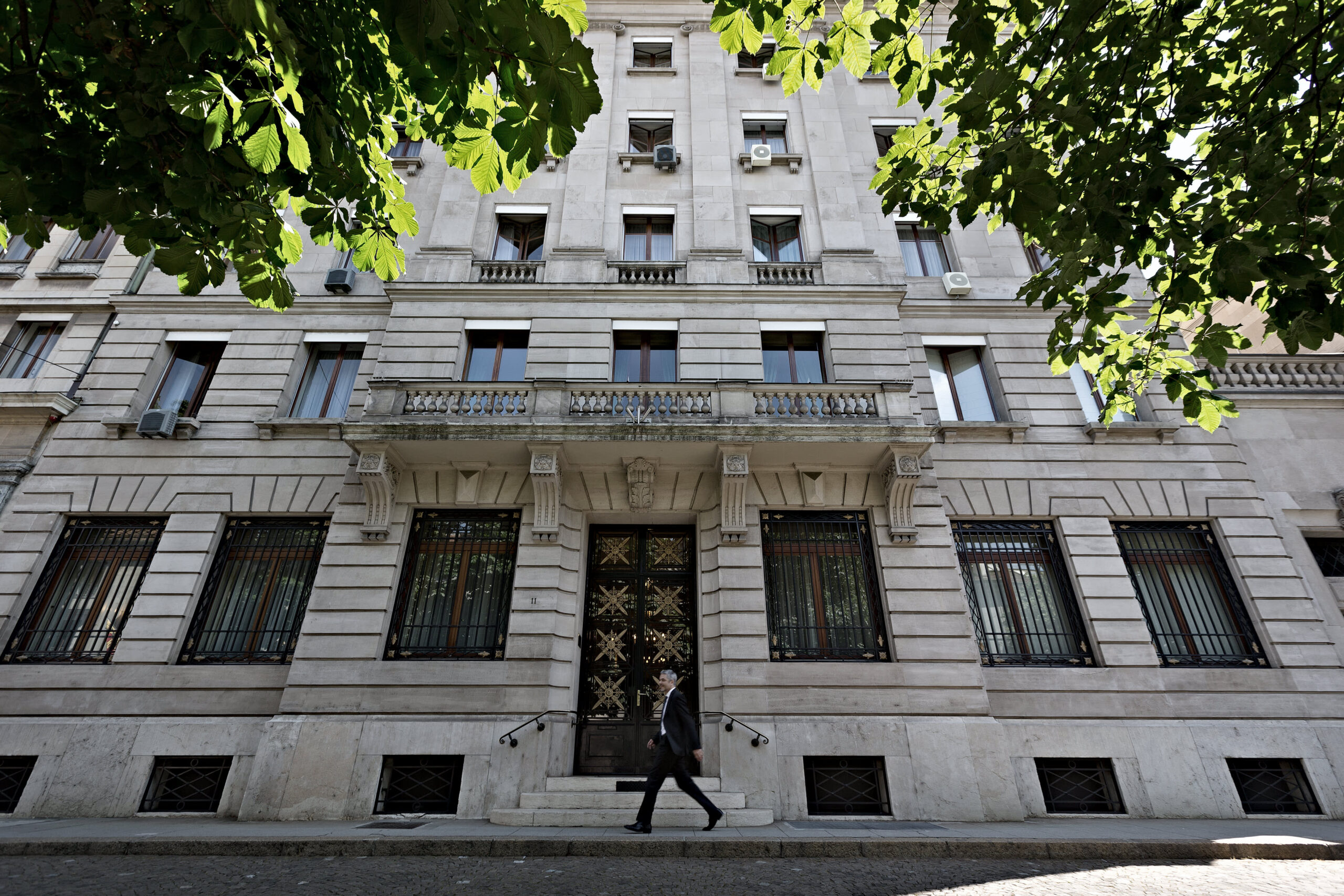WHILE the potential impacts of climate change, such as rising sea levels and increased flooding, could be significant, they do not feature prominently in the rationale behind the capital relocation.
Business Insider published on April 28 an article on the new capital city of Nusantara, highlighting it as the world’s first climate-related capital city relocation.
Unlike similar initiatives in Brazil and Nigeria, this project is unique because it is the first instance where the climate crisis has been cited as a contributing factor in relocating a capital city.
According to the article, the primary motivation behind this move is that “rising sea levels have made Jakarta the world’s fastest-sinking megacity.”
This narrative brings to mind questions I encountered at the Climate Academy Conference last year in Dakar.
The event, which focused on planned relocation, featured participants from various countries who were intrigued by the Nusantara project. They assumed it was the world’s most significant climate-related planned relocation effort.
However, I found their questions somewhat bewildering.
In Indonesia, discussions about the new capital city have predominantly focused on other factors, with climate-related arguments typically on the periphery within the broader debate surrounding the relocation.
On Aug 26, 2019, during the announcement of the capital’s location, President Joko “Jokowi” Widodo explained that the capital relocation was part of a longstanding plan initiated by founding president Sukarno.
Jokowi emphasised that it was time for Indonesia, as a great nation, to design its own capital city.
He also underscored the importance of development equity and the need to shift economic activities away from Java, which has been the country’s economic epicentre since independence.
Environmental issues were mentioned only briefly, focusing on air and water pollution. Notably, there was no mention of Jakarta’s land subsidence or other climate-related concerns.
The lack of climate-related arguments in the discussion about the relocation is also evident in Law No. 3/2022 on the national capital.
Notably, the law outlines five reasons for relocating the capital, none of which mention climate-related factors or the risks of flooding and subsidence in Jakarta.
Instead, the reasons presented in the law emphasise the need to address economic inequalities, ease the strain on Java and Greater Jakarta, and shift the development focus from Java-centric to Indonesia-centric.
While the potential impacts of climate change, such as rising sea levels and increased flooding, could be significant, they do not feature prominently in the rationale behind the relocation.
This absence of climate-related considerations raises questions about the true motives for the relocation and the extent to which environmental issues are factored into the country’s broader development strategy.
Given this context, it is perplexing when international media and audiences view the Nusantara project as a climate-related relocation, as that is not the justification provided by the Indonesian government for this mega-project.
The primary drivers for the capital relocation, as communicated domestically, have been economic rebalancing and easing the pressure on Jakarta, not environmental or climate-related factors.
Planned relocation also has never been meaningfully integrated into Indonesia’s broader climate action and strategies.
The only document that briefly mentions planned relocation is the Climate Resilience Development Policy 2020-2024, published by the National Development Planning Ministry.
This document includes a programme on “settlement relocation for coastal communities affected by flooding and tidal inundation” managed by the Public Works and Housing Ministry.
However, this programme further illustrates the government’s continued focus on the built environment and physical infrastructure when addressing relocation.
The way the government handled the massive floods in Demak, Central Java, last March, which inundated 75% of the regency’s area, also underscores that planned relocation has always been off the table in response to climate-related disasters.
In response to that devastating disaster, the National Disaster Management Agency and the sub-national Disaster Management Agency in Demak were in unison in proposing the construction of more dykes to mitigate future risks from tidal floods.
This approach aligns with the government’s broader plan to construct a giant sea wall along Java’s northern coast to combat pervasive land subsidence and rising sea levels in the region.
This proposal has sparked controversy among academics and civil society.
For example, the Coalition of Maleh Dadi Segoro, which means “turns into a sea”, has raised concerns about how this massive construction project could disrupt the ecological characteristics of Java’s northern coast and exacerbate the existing land subsidence issues.
They argue that such a sea wall might inadvertently contribute to a vicious cycle of tidal floods.
Additionally, there are concerns that the construction could create new economic vulnerabilities for fishing communities, as it may alter tidal patterns and negatively affect fishing activities.
It is intriguing to examine the contrasting narratives that the government uses domestically and internationally regarding Nusantara.
Internationally, the prevailing perception is that the relocation is urgent because Jakarta is sinking, suggesting that without this move, thousands of people would be displaced.
Even United States President Joe Biden cited Jakarta and Nusantara as examples illustrating the critical need for more ambitious climate actions during his speech at the Office of the Director of National Intelligence in 2021.
In contrast, the domestic narrative emphasises national identity, addressing economic disparities and shifting the development paradigm from a Java-centric to an Indonesia-centric approach, a theme that President Jokowi has often highlighted during his tenure.
Moreover, the Nusantara project has faced criticism on various environmental fronts, including concerns about deforestation, green-grabbing and the eviction of indigenous peoples from their ancestral lands.So, which narrative reflects reality? Is Nusantara truly the world’s first climate-related capital city relocation, intended to adapt to the impacts of the climate crisis?
Or is it merely another state-backed mega-project that, beneath a veneer of sustainability, could exacerbate climate vulnerabilities and harm local communities?
You decide. — The Jakarta Post/ANN
Danang Aditya Nizar is programme officer for climate change and human mobility at the Raoul Wallenberg Institute Regional Asia Pacific Office, Jakarta. The views expressed here are the writer’s own.


